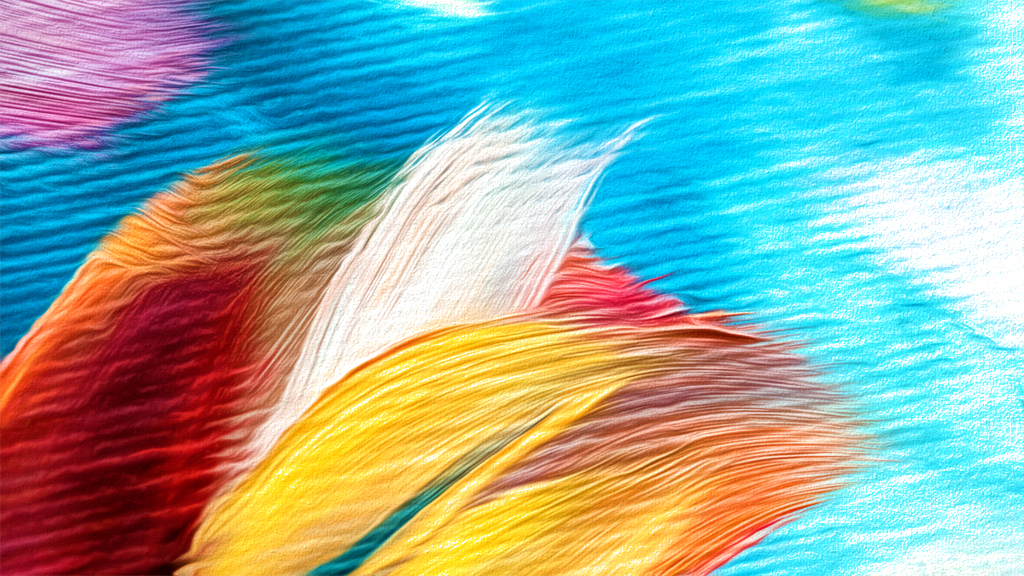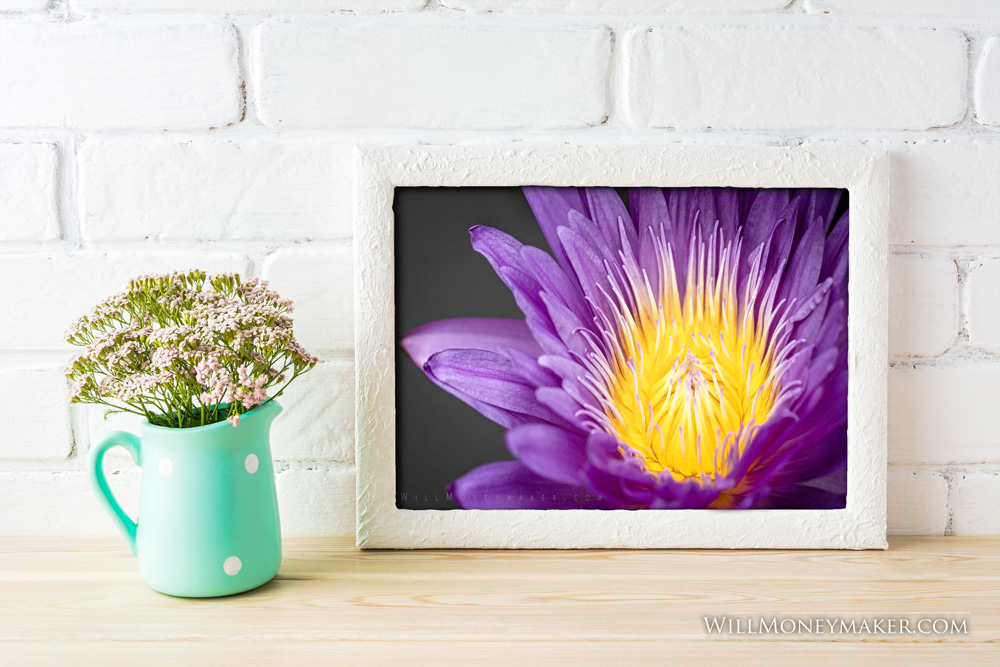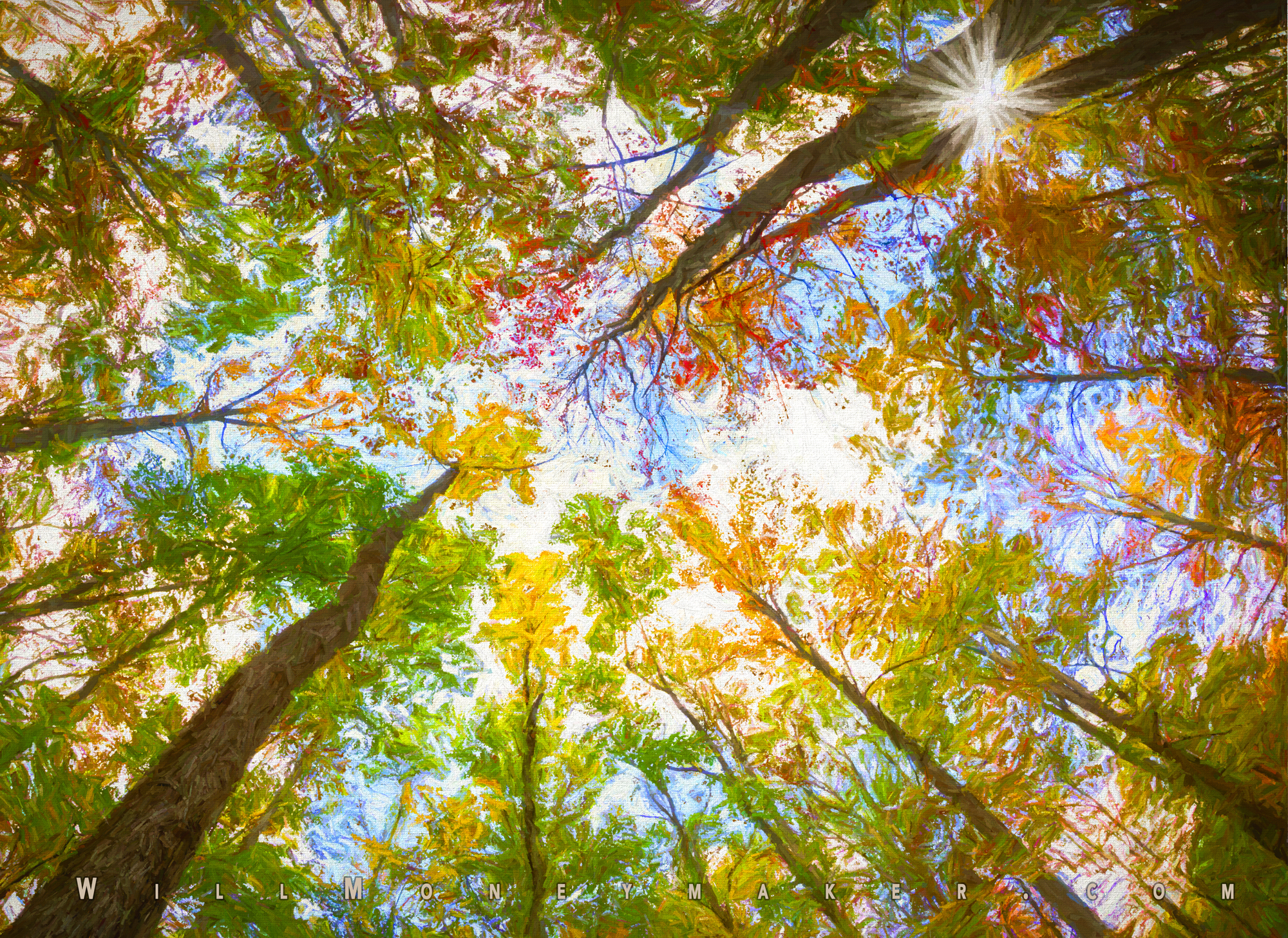In a world where smartphone cameras have turned everyone into an amateur photographer, what becomes of the age-old craft of fine art photography? Gone are the days when photography was a discipline strictly within the purview of the trained and talented; today, it's often relegated to the category of ‘just another Instagram post'. As more people equate photography with selfies and disposable images, the art form seems at a perilous crossroads. So, what is the future of fine art photography?
A Brief History
Before exploring what lies ahead, it's crucial to understand where we came from. The art of photography has endured many changes since its invention in the early 19th century. Originally, it was a laborious process involving wet plates, heavy equipment, and long exposure times. The artists behind these photographs were considered masters of light and composition, capturing moments in time with extraordinary depth and emotion. As technology evolved, photography became more accessible, but the essence of fine art photography remained the same: a focus on aesthetics, storytelling, and the ethereal quality of an image that transcends its subject.
Selfie Revolution
Fast forward to the 21st century, and the panorama of photography has shifted dramatically. The advent of smartphones equipped with high-resolution cameras and a myriad of filters and editing tools has democratized photography to an unprecedented extent. Now, anyone with a phone can snap a photo, apply a filter, and share it within seconds. While this democratization has its merits, it also questions fine art photography's integrity.
Is every well-composed selfie a piece of art? Do disposable images capturing mundane moments dilute the gravity of the craft? The line between what is considered ‘fine art' and what is dismissed as mere snapshots seems to blur with each passing day. However, this is not necessarily a death knell for fine art photography; it's a change—perhaps a challenge.
Challenge and Opportunity
Just as the daguerreotype and film were once cutting-edge technologies, digital photography now stands as the frontier of the art form. And with any new frontier comes an array of challenges and opportunities. The digitization of photography has led to a massive influx of images, making it harder for fine art photographers to stand out. But this is also an opportunity: artists can now leverage digital platforms to reach a global audience, experiment with new formats, and collaborate in previously unimaginable ways.
Moreover, the inherent features of digital photography—like the ability to manipulate images in post-production—open up new avenues for artistic expression. Photographers are no longer confined to the limitations of film; they can create composite images, experiment with color grading, and even integrate 3D elements, revolutionizing how we understand and engage with this form of art.
Reclaiming the Narrative
Fine art photographers can use this shift in technology and public perception as a catalyst to develop and adapt. The first step in reclaiming the narrative is to educate the public on the distinction between everyday snapshots and fine art photography. Artists can host physical and virtual exhibitions, offer workshops, and collaborate with institutions to underscore the unique skills, thoughtfulness, and intent that go into creating a piece of fine art photography. By doing so, they elevate their work and enrich the cultural landscape.
Vision Forward
So, what is the future of fine art photography? Though the path may be fraught with challenges, it is also rife with possibility. The art form has always been in a state of flux, developing with technological advances and societal shifts. What remains constant, however, is the passion, skill, and vision that define it as ‘fine art.'
Fine art photography can make us stop, think, feel, and dream in a world awash with images. While technology and social trends will continue to grow, the essence of the art form is indestructible. It will adapt, reinvent, and endure, forever capturing the sublime in the mundane and the extraordinary in the ordinary. And in doing so, it will remain a poignant reminder of the beauty and complexity of our world.
Now go, and enjoy the beauty of God’s creation through your lens.




